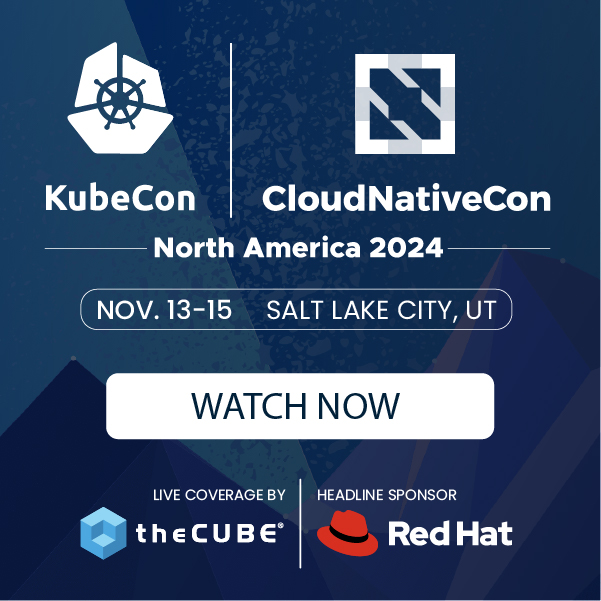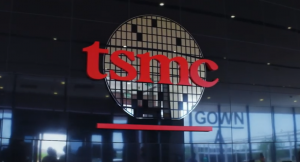MySpace Milestone: 1 Million Users and an Eye on Big Data
![]() Former social networking titan Myspace is making a comeback. Looking back, they used to be the crème de la crème in social networking until Facebook rose to dominance, sweeping the whole world off its feet. While outperforming Facebook may seem impossible now, all hope’s not lost for MySpace. Instead of trying to compete with something so invulnerable and impregnable, they are shifting sights to an industry that doesn’t require them to fight such a desperate battle—and that turned out to be the music industry.
Former social networking titan Myspace is making a comeback. Looking back, they used to be the crème de la crème in social networking until Facebook rose to dominance, sweeping the whole world off its feet. While outperforming Facebook may seem impossible now, all hope’s not lost for MySpace. Instead of trying to compete with something so invulnerable and impregnable, they are shifting sights to an industry that doesn’t require them to fight such a desperate battle—and that turned out to be the music industry.
In retrospect, Justin Timberlake and a number of investors bought Myspace for $35 million from News Corps last June. It seemed like a pretty good deal considering New Corps originally bought Myspace for $580 million in 2005. Of course, ever present skeptics were ready with criticisms. For now the move seems to have paid off, as Myspace added 1 million new users over the past month.
“The numbers tell an amazing story of strong momentum and dramatic change for Myspace,” said Tim Vanderhook, CEO of Myspace. “And the 1 million-plus new user accounts we’ve seen in the last 30 days validates our approach.”
![]() The new tactics tap into an early demographic for MySpace, leveraging their existing platform for posting and listening to music. Yesterday, they launched a new music player that has access to the web’s biggest catalogue of music, boasting 42 million songs–that’s more than Spotify.
The new tactics tap into an early demographic for MySpace, leveraging their existing platform for posting and listening to music. Yesterday, they launched a new music player that has access to the web’s biggest catalogue of music, boasting 42 million songs–that’s more than Spotify.
“Myspace is building meaningful social entertainment experience around content, where consumers can share and discover the music they love,” Vanderhook said. “Consumers are getting excited about Myspace again — a testament to a great music product.”
Big data turns music into a market
Big data plays a major role in the area of music. The music industry has taken advantage of new big data tools to understand its customers, and this is a concept Myspace seems to understand very well.
From the Economist: “Every time a track is uploaded to or played on YouTube, every time it is sold by iTunes, streamed on Spotify, shared on a pirate network, liked on Facebook or tweeted about, it gives off a digital signal. A cottage industry has sprung up to process these signals and feed the results to the record companies.
‘We’re no longer just a wholesaler of music,” says Paul Smernicki of Universal. As their traditional business declines, the music companies are moving into live music and merchandise. To succeed in those markets, they will need to become experts in fan behaviour, understanding not just how and why people buy music but how they weave it into their lives. In that, data will be crucial.’”
A message from John Furrier, co-founder of SiliconANGLE:
Your vote of support is important to us and it helps us keep the content FREE.
One click below supports our mission to provide free, deep, and relevant content.
Join our community on YouTube
Join the community that includes more than 15,000 #CubeAlumni experts, including Amazon.com CEO Andy Jassy, Dell Technologies founder and CEO Michael Dell, Intel CEO Pat Gelsinger, and many more luminaries and experts.
THANK YOU















